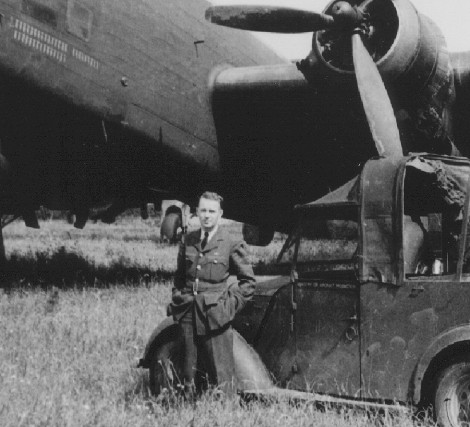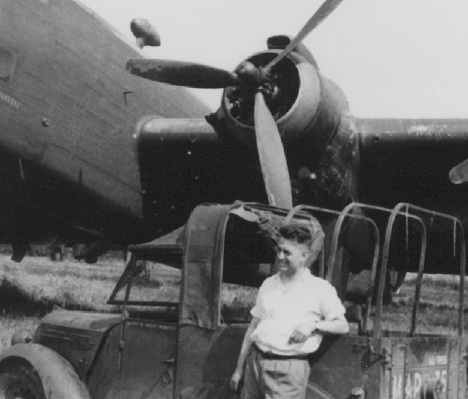 Nose Art
Nose Art  |
BCATP
|
Lancaster
|
Media
|
BCATP
|
Lancaster
|
Media
 Nose Art
Nose Art  |
BCATP
|
Lancaster
|
Media
|
BCATP
|
Lancaster
|
Media
Nose Art
At the end of World War II, the British Government ordered thousands of surplus aircraft to large maintenance units for disposal. These included 1,376 Handley-Page Halifax bombers.
Most of the ex-RCAF Halifaxes were stored at the former Handley-Page repair depot at Rawcliffe, Yorkshire. During the following year over one thousand Halifax aircraft were scrapped there, forming a huge pile of chopped metal 80 feet high. The second graveyard for Canadian Halifaxes was at High Ercall, Shropshire. This marked the end of the line for the once proud RCAF bombers, many of which carried nose art from the war years. All but one of the nose art panels in the Canadian War Museum's collection came from the Halifaxes scrapped at Rawcliffe.
Thanks to the efforts of one almost forgotten RCAF officer, much of the nose art was photographed just days before the bombers were scrapped and at least fourteen panels containing artwork were cut from the aircraft and shipped to Canada. This forms the second largest collection of original nose art in the world and the largest collection of original Halifax nose art in existence. On 8 May 2005, these panels were placed on public display in the new Canadian War Museum in Ottawa thanks to Mr. Daniel Glenney, Director -Collections Management and Planning. The aircraft whose nose art is in this collection flew a total of over seven hundred operations during WW II.

|
F/L Harold Hunter Lindsay was an RCAF operations officer stationed at High Wicombe, RAF Bomber Command. He felt that it was extremely important that some of the RCAF Halifax nose art painted on these British-built bombers be saved for its historical merit. F/L Lindsay was granted approval by W/C W.R. Thompson to travel to Rawcliffe and High Ercall to photograph the nose art and mark some of the best for removal and shipment to Canada. Lindsay visited the two scrap-yards in a small English truck driven by Robert Goodwin, an employee involved in the scrapping operation. Harold Lindsay at Rawcliffe |
Lindsay exposed at least ten rolls of film containing eight prints per roll at the two graveyards. Some Halifax bombers had two or three different angle shots taken. In total, 63 different nose art photos were captured including 54 Canadian-flown Halifaxes. Many of the photos show Halifax aircraft with their wings and tails ripped off, just days from being destroyed. The last two photos show Lindsay and Goodwin standing beside their truck under a huge Canadian Halifax Mk. III (serial MZ655) that had flown 39 operations with No. 431 Squadron. Robert Goodwin at Rawcliffe =>> |

|
The complete story of the Canadian nose art salvage operation may never be known as efforts to locate these two forgotten heroes have been unsuccessful. It is likely that F/L Lindsay made only one trip to each graveyard in late May 45, photographed the nose art, marked the ones for salvage, and departed for Canada. He probably left the panel salvage, crating, and arrangements for the shipping in the hands of Robert Goodwin. The nose art arrived in Ottawa on 7 May 1946, but the total number of nose art panels was not recorded. Clarence Simonsen's research into this collection began in 1977, and it is his opinion that at least 17 panels were shipped to Canada, although only 14 are in the Canadian War Museum's collection and now on display.